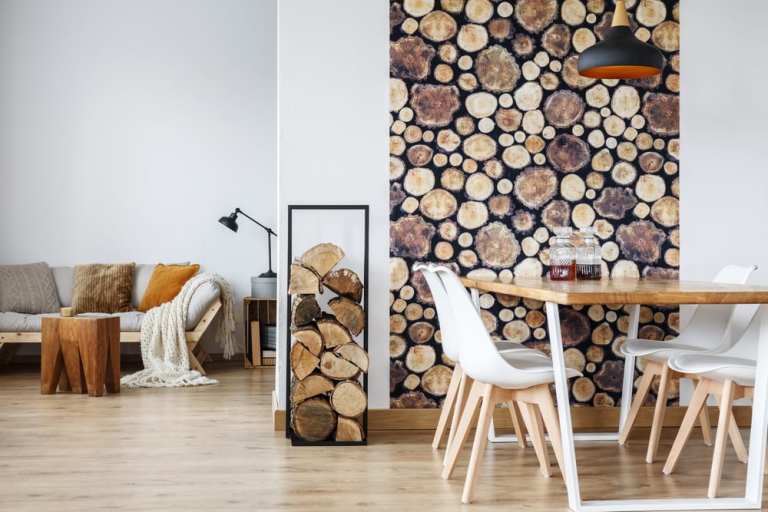The Furniture Market Embraces A Hybrid B2B Commerce Model

The B2B commerce arena is moving online at record speed as more business buyers seek to procure products and services the way they do in their personal lives.
With the pandemic forcing business model shifts across verticals, B2B eCommerce has become a means for survival for many suppliers and vendors unable to meet at trade shows or sales venues.
Yet not every product category is well-suited for a digital-only commerce experience.
The furniture industry, for example, can be especially difficult to migrate to online platforms. Business buyers, including retailers and interior designers, often prefer to view products in person in order to gain a better grasp on a product’s minute details, like fabric texture or true color.
Samuel Hatcher, CEO of furniture firm Rustic Deco, said he had to consider this factor, as well as several others unique to the furniture industry, when launching the company’s new digital wholesale platform. In an interview with PYMNTS, Hatcher described the opportunities that a hybrid approach to B2B commerce presents for corporate customers with complex buying needs and explored some of the more nuanced challenges of digitizing B2B sales in the furniture space.
A Growing Demand
Showrooms are a staple in the furniture and interior design space, but as demand for online shopping experiences proliferates in the B2B segment, furniture suppliers have had to adjust their sales strategies.
According to Hatcher, Rustic Deco continues to see a rise in demand for an online sales channel among its business buyers. But, he said, the company’s B2C platform was not equipped to handle the unique needs of B2B commerce.
The portal, for example, needed to have the ability to take advanced orders for buyers procuring items that have not yet been manufactured. Wholesale operations also connect business buyers to more competitive prices than the average consumer would be able to access.
But the most significant differences, said Hatcher, occur both before and after the buying experience.
The company’s entire marketing strategy will be far different than its B2C approach, he said, noting that the company will be embracing channels like LinkedIn to reach new B2B buyers.
“The challenge is really hiring more salespeople to go around and represent the company to the B2B customer,” noted Hatcher.
And when it comes to post-sale workflows, the shipping and handling of items ordered creates other unique requirements.
“In a B2B environment, the customers often actually provide their own crates, or companies come pick up their order,” he added.
A Hybrid Approach
Adjusting marketing, sales and supply chain strategies to meet B2B buyers’ specific requirements is only one part of a successful B2B commerce strategy.
When it comes to a product category like furniture, displaying items on a digital platform can be a challenge. Buyers need to understand exact colors, textures and other elements about a piece, and these features are not always easily translatable to a digital platform.
For Rustic Deco, Hatcher said in addition to product images, videos are also an important strategy for its online wholesale website, allowing for potential buyers to view how a product works and operates. Looking ahead, he said the company is also investing in 3D-imaging technology to further meet buyers’ needs.
But even those efforts may not be enough for some buyers. As such, it’s important in the furniture arena to understand that some customers will continue to prefer in-person experiences, opening up the opportunity for a hybrid commerce approach to find success in the market.
Rustic Deco is in the midst of expanding its physical showroom for buyers, which continues to be an important asset for its B2B strategy.
“If a retailer comes in and wants to see a product before they order 10 of them, we offer that type of visibility,” said Hatcher.
Payments, too, must embrace a flexible approach. While Rustic Deco’s B2B eCommerce platform supports card payments directly within the website, the company is also able to facilitate offline wire transfers should a corporate buyer prefer that payment method.
A hybrid B2B commerce approach can support a variety of shopping methods. Whether a retail buyer wants to visit products in person and then complete a purchase online, or prefers an all-digital or all-physical strategy to buying, embracing flexibility and choice will be key for B2B sellers in verticals like furniture and other product categories to meet their buyers where they want to be met.